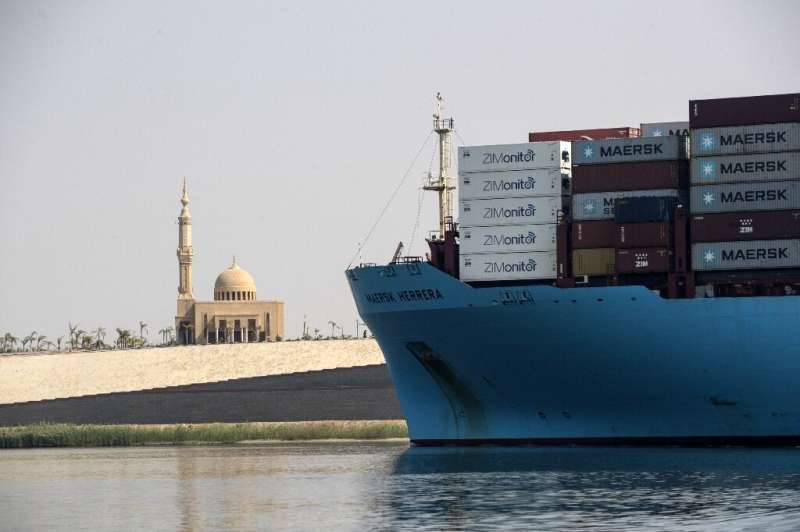Red Sea huge source of air pollution, greenhouse gases: study

Hydrocarbon gases bubbling from the bottom of the Red Sea are polluting the atmosphere at a rate equivalent to the emissions of some large fossil fuel exporting countries, researchers said Tuesday.
The gases seeping from the waters—which are ringed by the resorts and ports of several countries, including Egypt, Israel, Jordan and Saudi Arabia—then mix with emissions from industrial shipping and turned into noxious pollutants that are very harmful to human health.
The Middle East holds more than half of the world's oil and gas reserves and the intense fossil fuel exploitation that takes place there, and the region releases enormous amounts of gaseous pollutants into the atmosphere.
But during a 2017 expedition around the Gulf, researchers at the Max Plank Institute for Chemistry noticed that levels of ethane and propane in the air above the Northern Red Sea were up to 40 times higher than predicted, even accounting for regional manmade emissions.
The team analysed possible sources for the gas emissions, including traffic, agriculture, burning of biomass, and power generation from hydrocarbons.
They came to an unexpected conclusion: the two gases had to be seeping out of the sea bed after escaping natural subterranean oil and gas reservoirs.
They were then carried by currents to the surface, where they mix with another greenhouse gas, nitrous oxide, which is emitted in high amounts by industrial shipping.
The resulting gas compounds are extremely harmful to human health, according to the team's study, published in Nature Communications.
"I have to admit that I was surprised myself with these results," lead author Efstratios Boursoukidis told AFP.
"We spent almost two years working on this dataset to confidently prove that the emissions were coming some two kilometres below the sea surface."
The team calculated that the rate of ethane and propane leakage was "comparable in magnitude" to those of several hydrocarbon exporting nations, such as the United Arab Emirates or Kuwait.
The emissions result in another source of atmospheric methane, a potent greenhouse gas, the study said.
The situation is exacerbated by nitrous oxide pollution from the large number of shipping containers passing through the northern Red Sea, one of Earth's busiest transport lanes.
And it's only likely to get worse as the route gets busier.
"In the coming decades, ship traffic through the Red Sea and Suez Canal is expected to continue to increase, with a concomitant rise in nitrogen oxide emissions," said Boursoukidis.
"We expect that such increase will amplify the role of this source, leading to significant deterioration of the regional air quality."
More information: Bourtsoukidis, E., Pozzer, A., Sattler, T. et al. The Red Sea Deep Water is a potent source of atmospheric ethane and propane. Nat Commun 11, 447 (2020). doi.org/10.1038/s41467-020-14375-0 , www.nature.com/articles/s41467-020-14375-0
Journal information: Nature Communications
© 2020 AFP





















